|
This week we were treated with a special guest reader...Mrs. DeBaun (Isabella's mom). She read to the children The Dot by Peter Reynolds. Through this inspiring tale, children learned the power of encouragement and perseverance. If you're stuck, change your perspective, amazing things can happen. Just..."Make your mark and see where it takes you" In reading...
In writing...
In math...
In science...
0 Comments
Very proud children got to show off their amazing work at the Student Showcase. D103 students really helped to transform the cafeteria into a "forest" of colors and creatures with their work. This year our second graders met their first grade buddy class and viewed the showcase together. Our second graders assisted the first graders in writing happy grams.
Here is a summary of what happened in our classroom:
In Langauge Arts...
In math...
In science...
Announcements & Reminders
Our class of 22 is now 23! We are so excited to have Rikki as our newest friend in D103. Having a new classmate this week gave all of us the opportunity to benefit from some Tribe activities. Students shared things about themselves and important things that anyone should know about our school. These activities were great community builders that brought a sense of fellowship. In Langauge Arts...
In math...
In science...
Announcements & Reminders
|
Proudly powered by Weebly
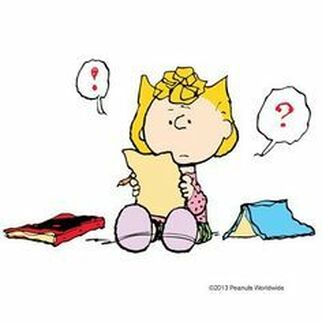
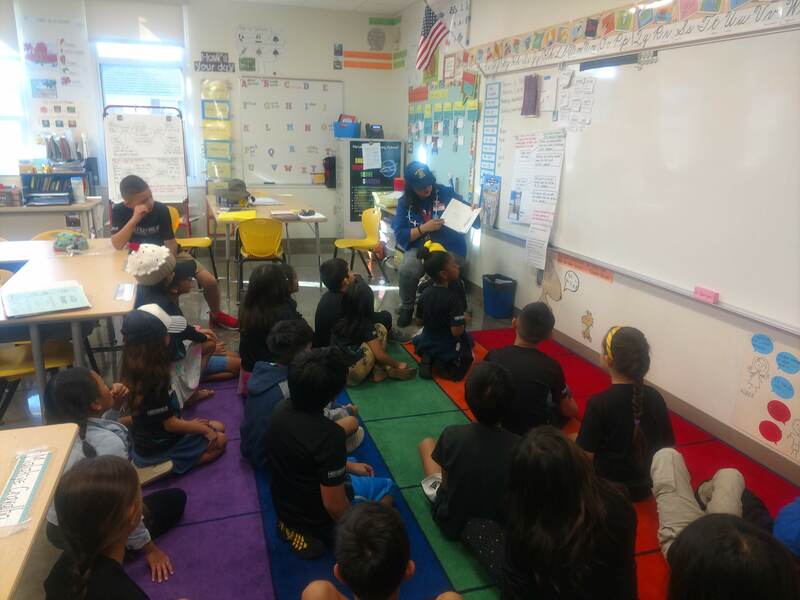
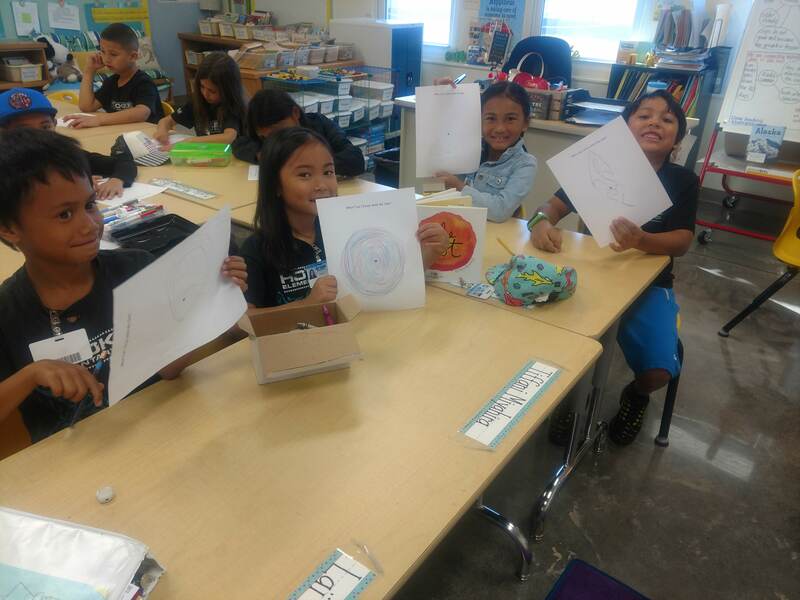
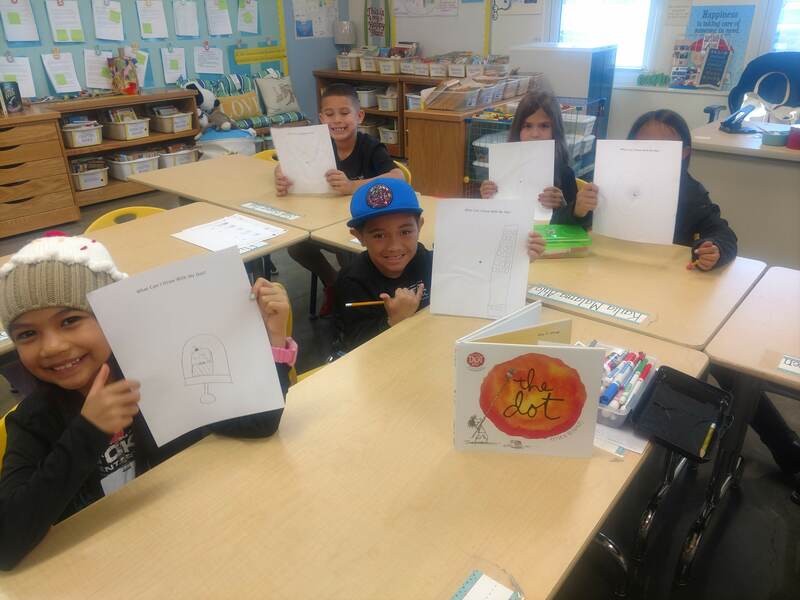
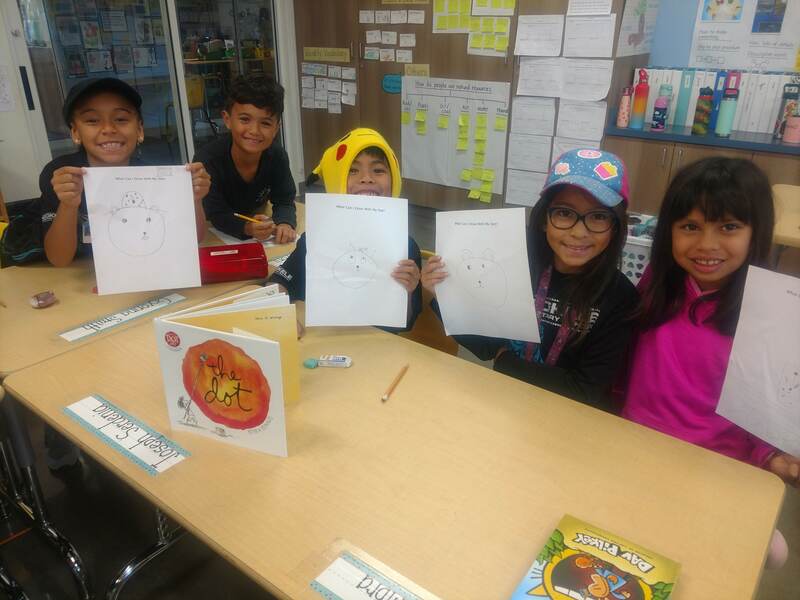
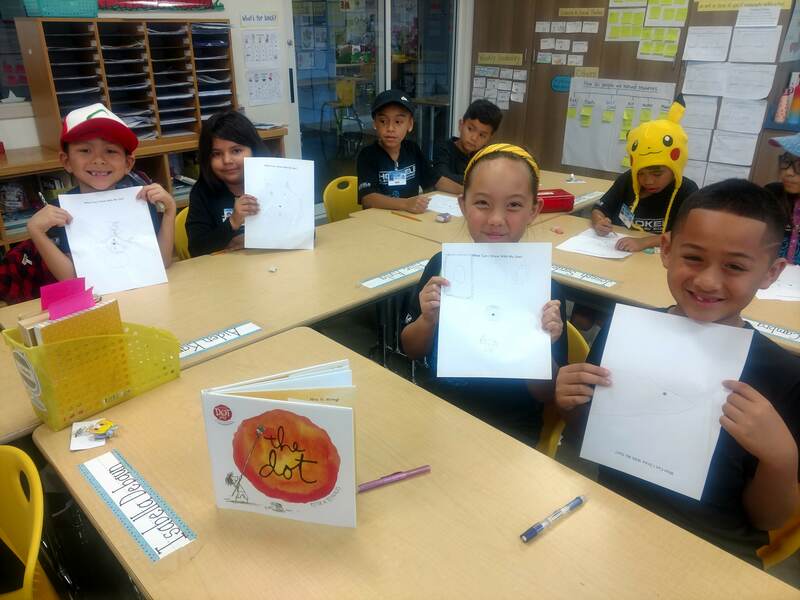
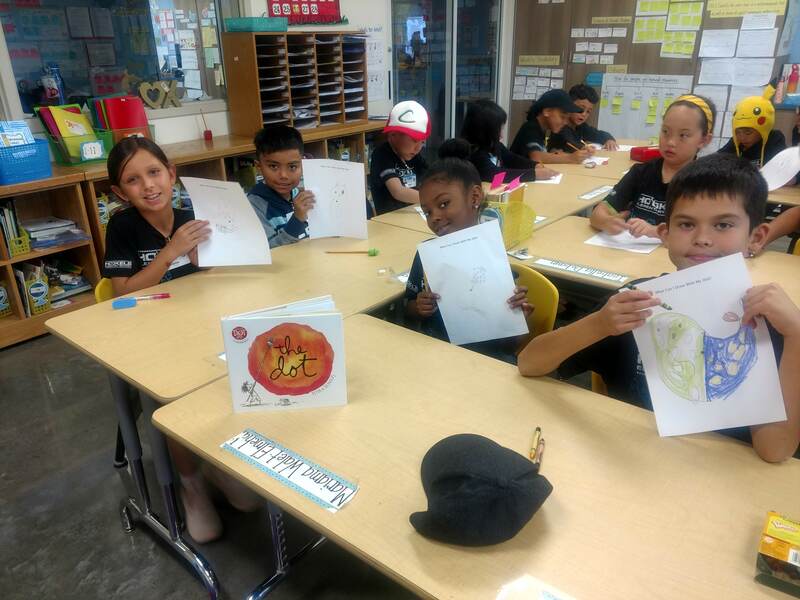
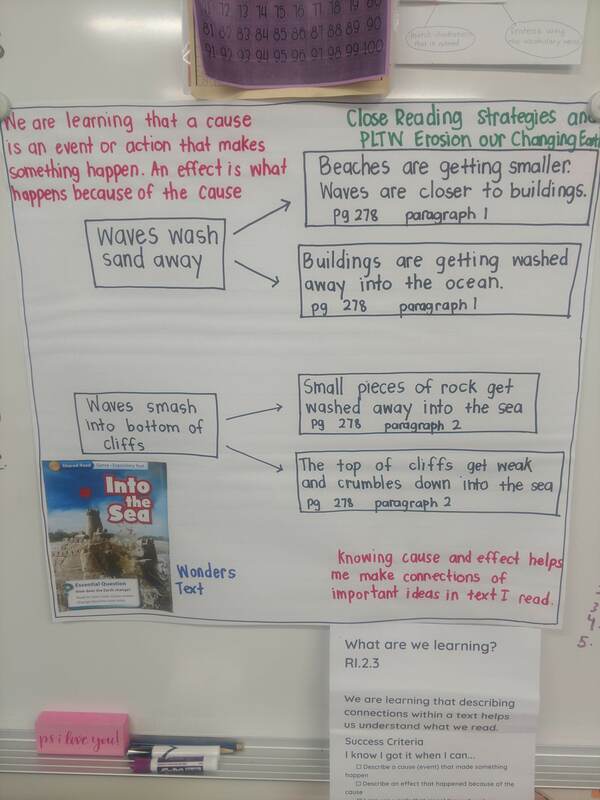
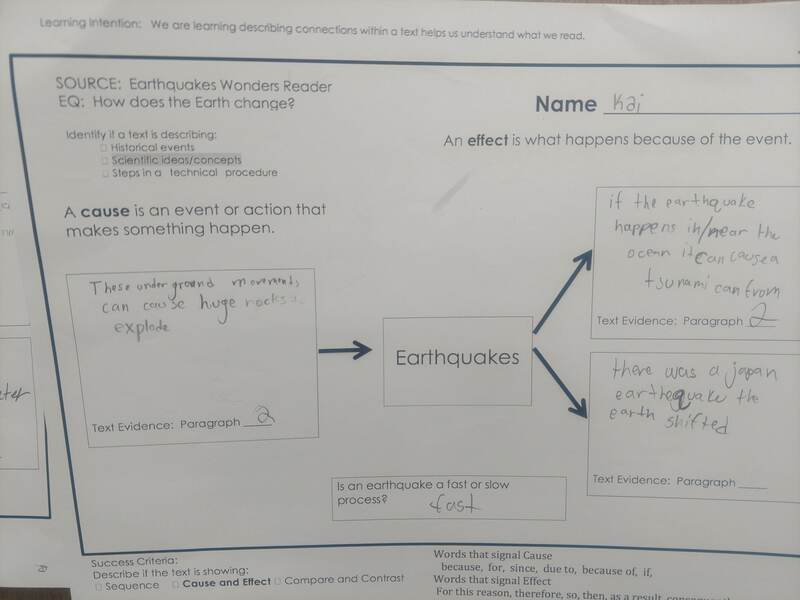
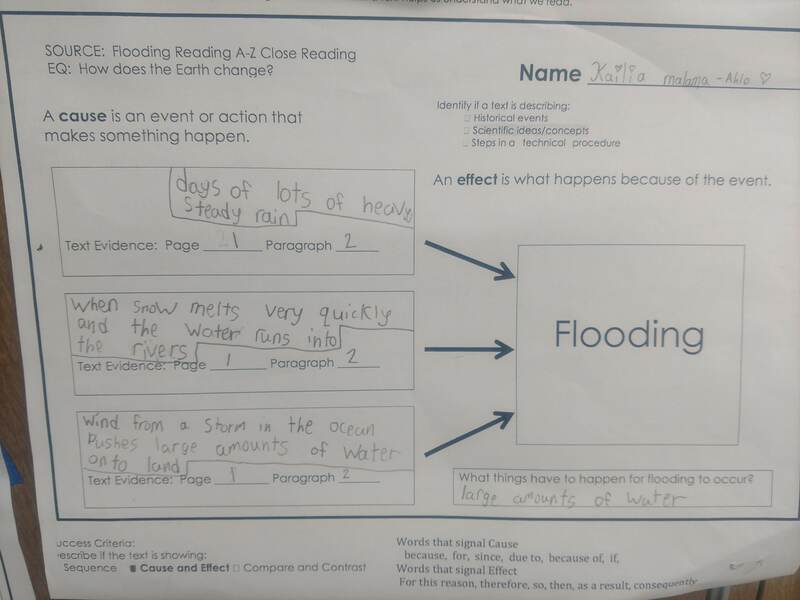
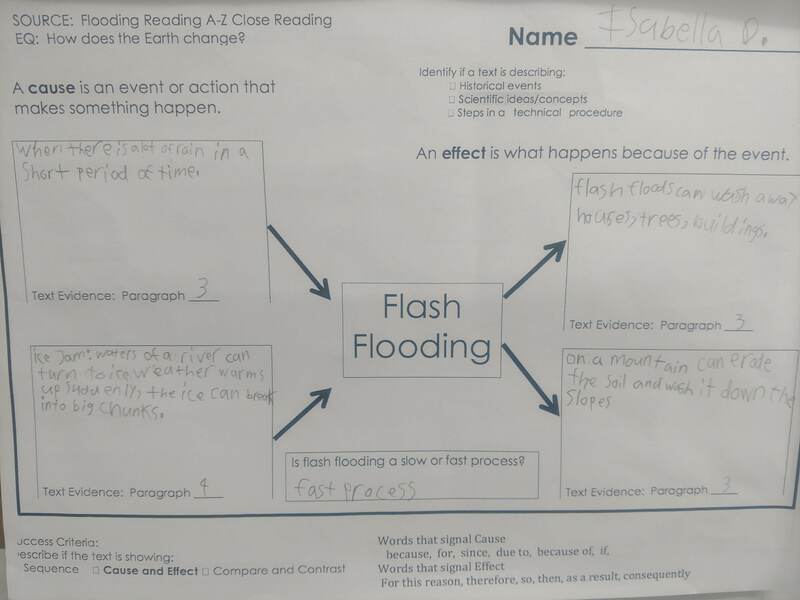
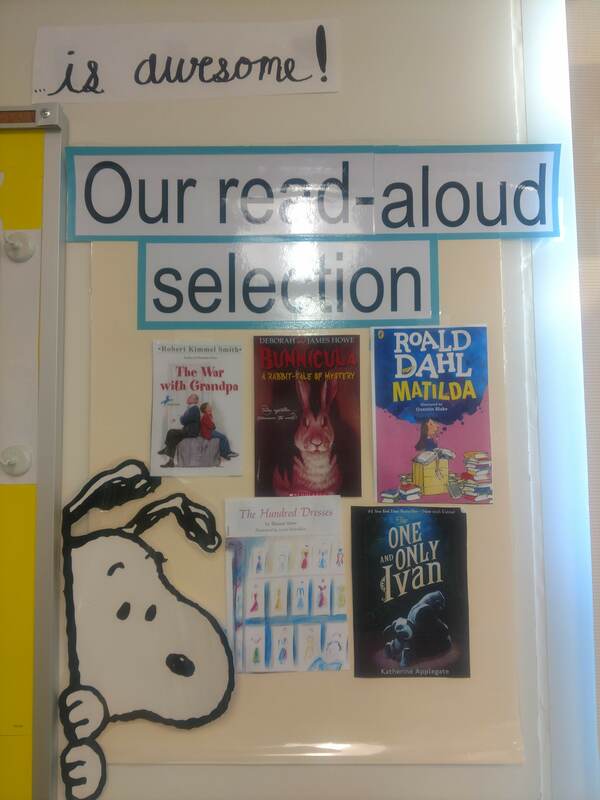
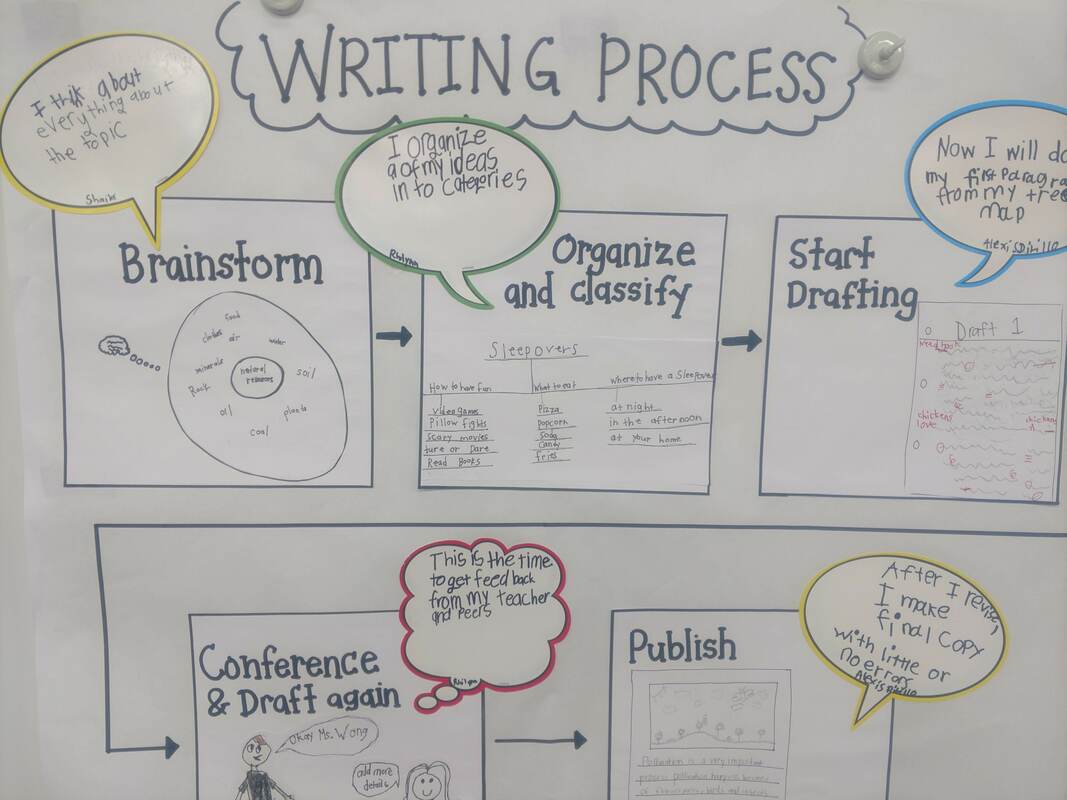
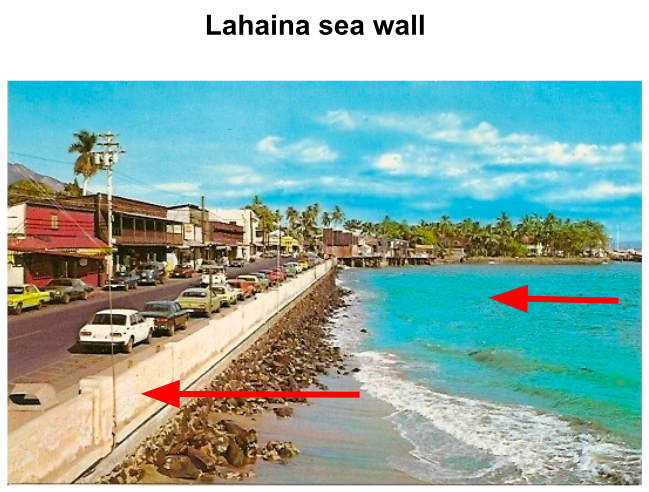

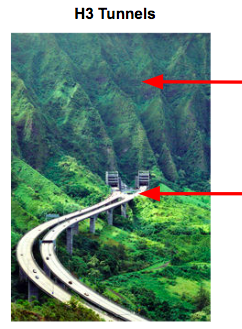
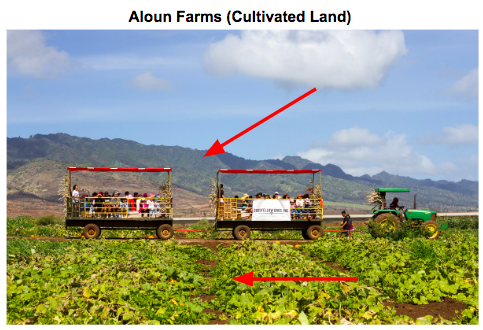
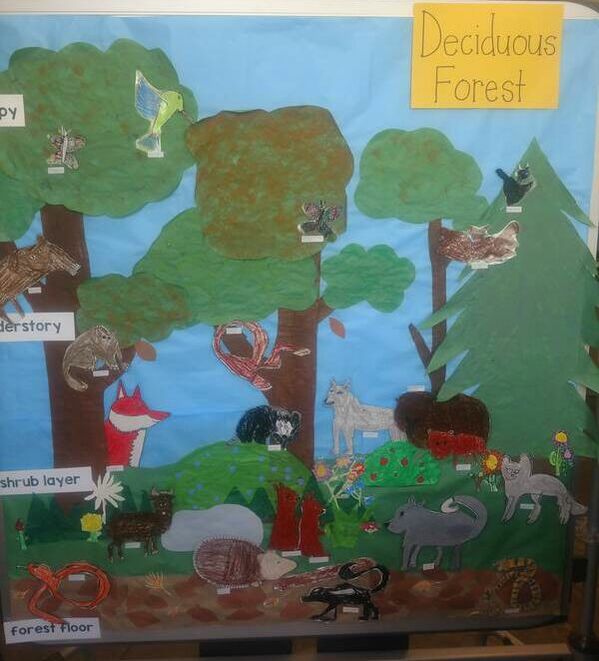
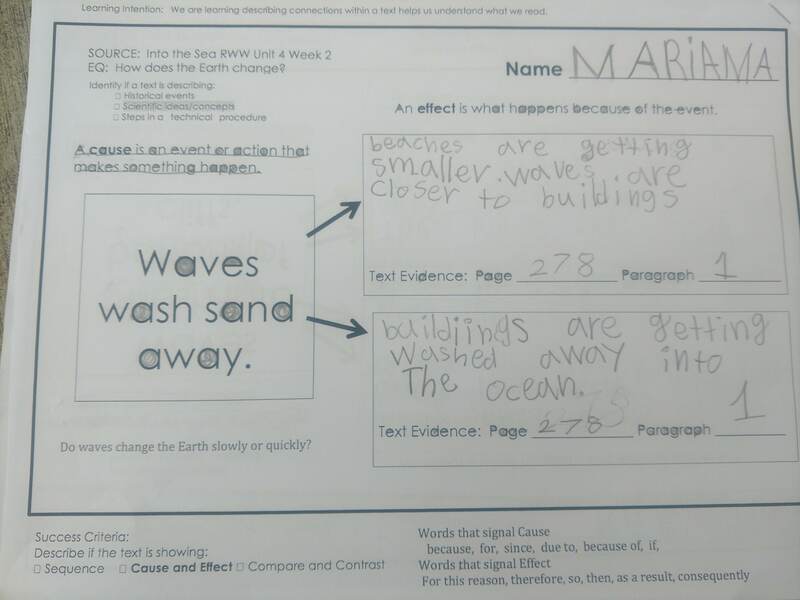
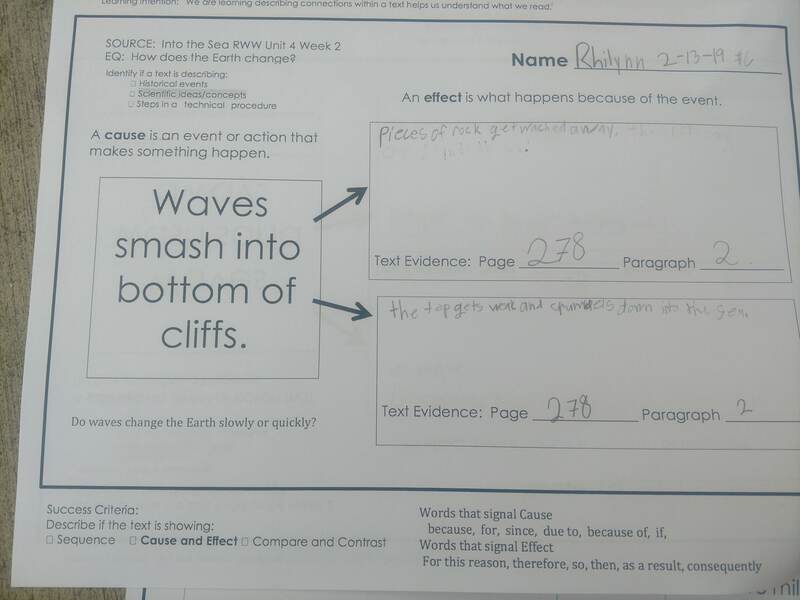
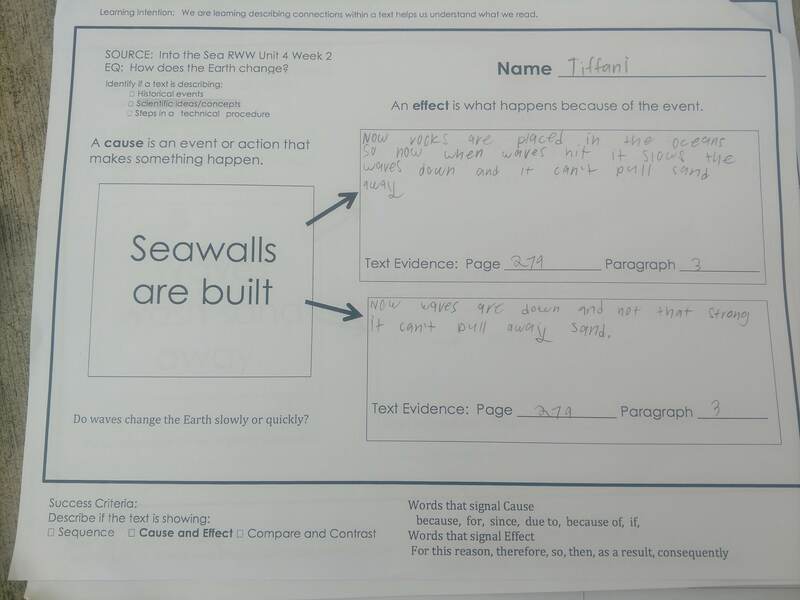
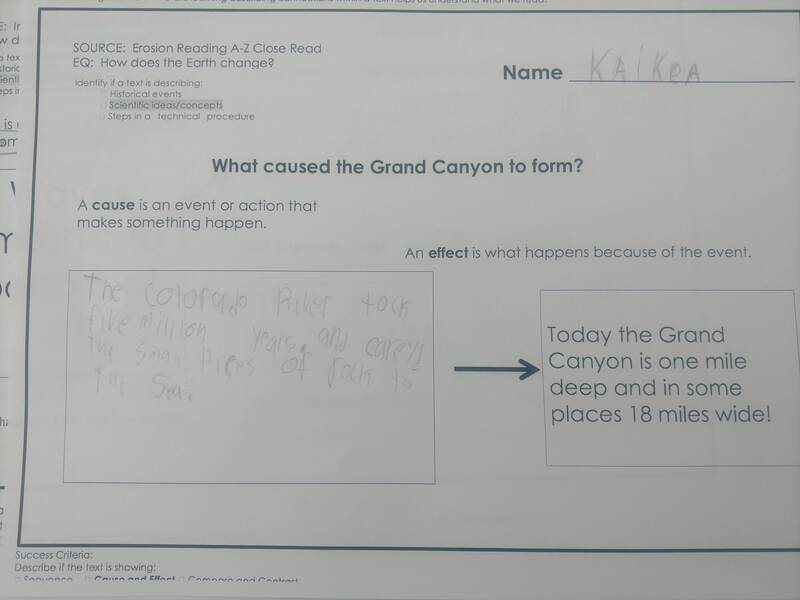
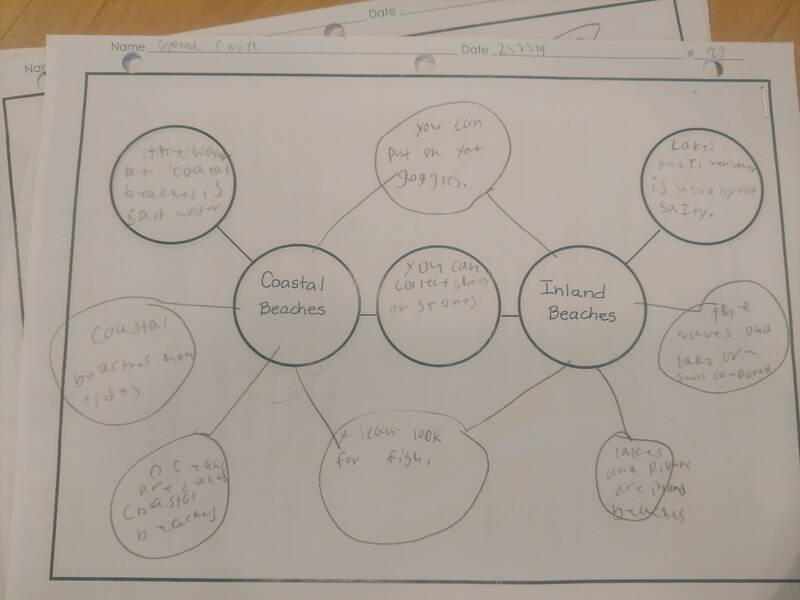
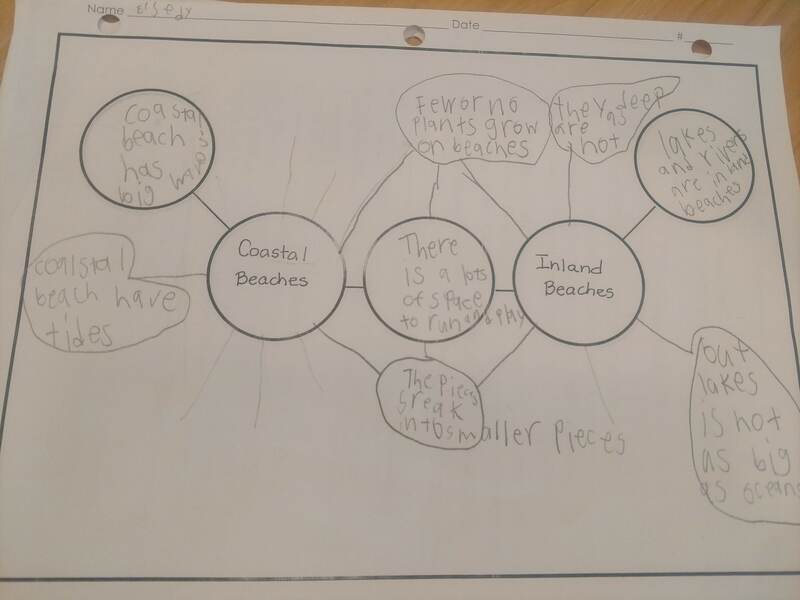
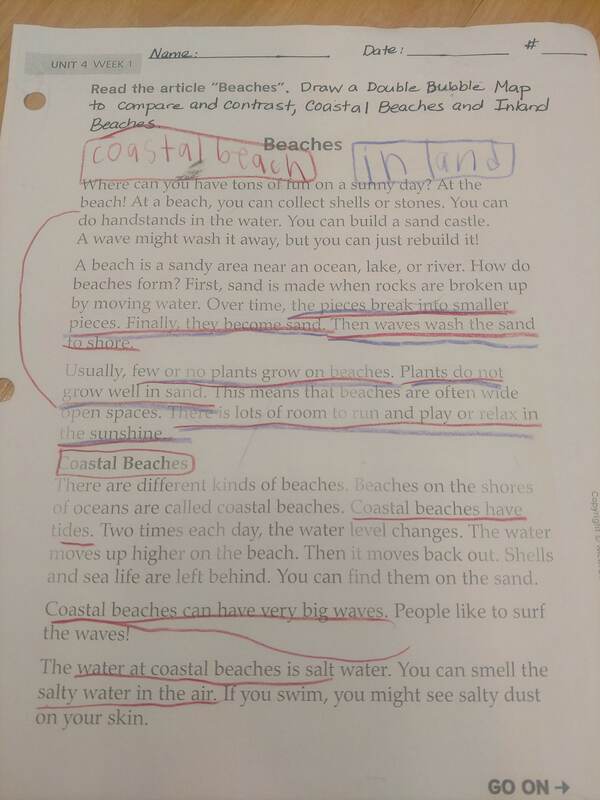
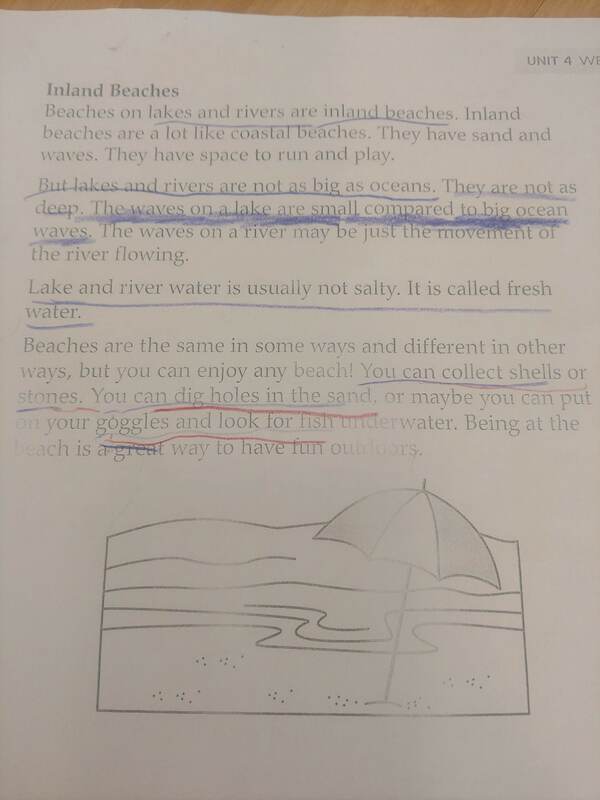
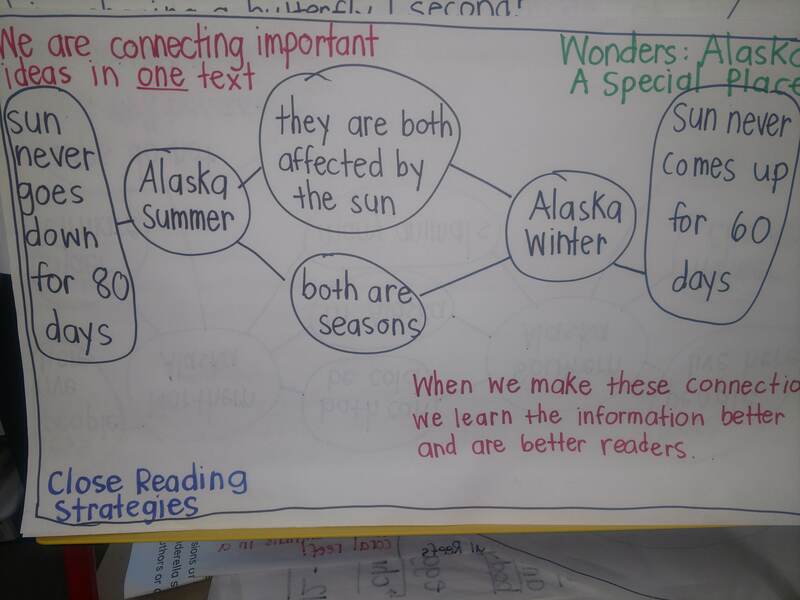
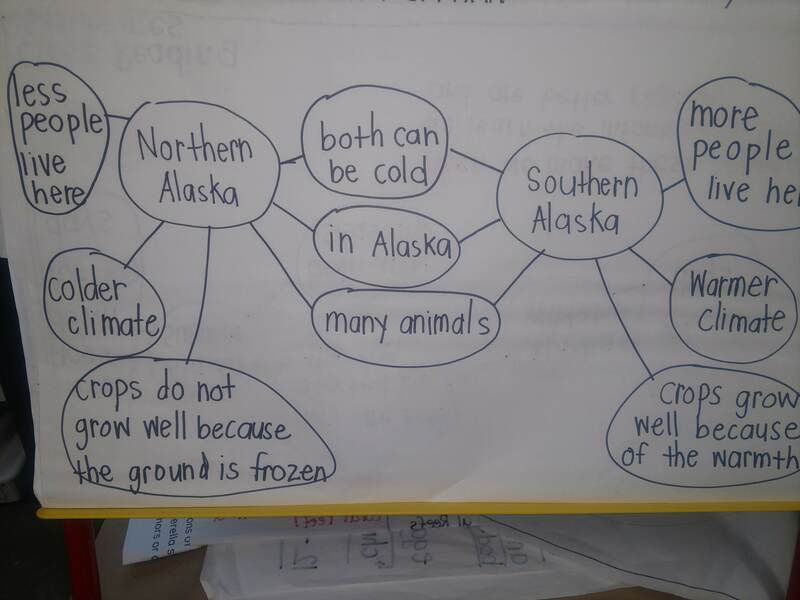
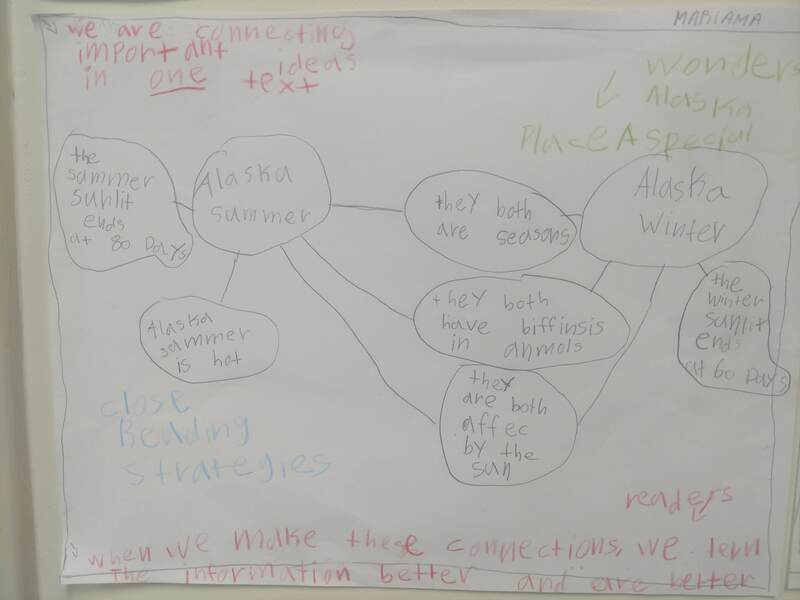
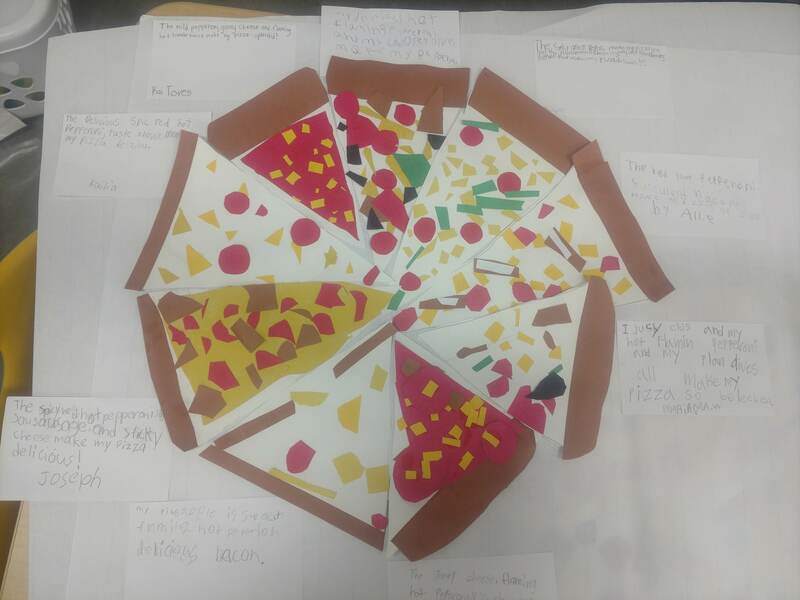
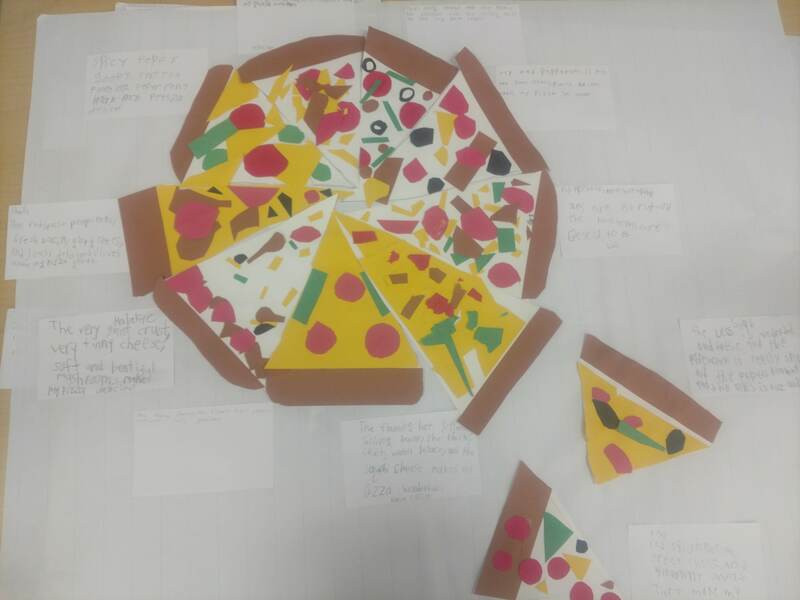
 RSS Feed
RSS Feed